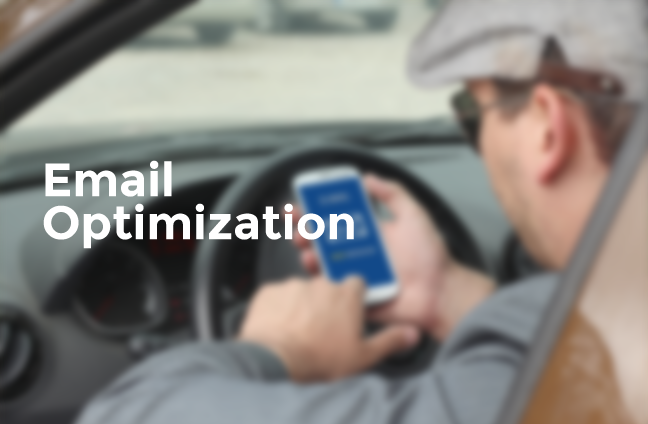Research shows that, surprisingly, mobile communication with consumers by businesses of all types is not as “off limits” as perhaps previously thought. The research highlights what types of mobile communications consumers prefer for which types of information.
In a research report by the application-to-person text messaging company, Mblox, data shows there is a mismatch of expectations in the experience consumers want with the businesses they engage with, and the experiences they are receiving in terms of level of care and communication methods.
The research, conducted by Milward Brown Digital, surveyed 1,650 mobile phone owners/users over the age of 18 in the United States, the United Kingdom, and Australia.
Highlights of the findings include:
- Only 36 percent of consumers say businesses do a great job of providing care, while 73 percent of businesses say they provide good care to customers.
- Eighty-six percent of consumers indicate they are open to engagement through mobile devices, but only 58 percent of companies use mobile as a way to communicate.
The opportunity to close those gaps, says Mblox, is mobile communication with the target consumer. Mblox CEO Tom CotneyFrom said in a press release on the report:
“The disciplines of customer service, marketing and information technology are converging, and the more holistic concept of the customer experience has emerged. Mobile messaging crosses all disciplines to ensure consumers feel cared for. A company’s ability to demonstrate care in a way that resonates with its customers is essential to creating positive brand experiences, establishing healthy relationships and achieving long-term success.”
Just some of the takeaways highlighted in the announcement include the following:
- Use mobile channels to enhance customer service, focusing on “those mobile channels with small gaps and higher consumer preference – email and SMS.”
- Make customer care a priority in the mobile strategy, “thinking beyond marketing messages.”
Show Them That You Care: Addressing The “Care Gap”
Consumers want to feel like they matter, and even when businesses believe they’re an exemplar of care, the data shows differently.
It also varies by sector, with some garnering a higher perception of care than others. However, even the health care industry – a sector driven by “bedside manner” principles – is not immune to the “care gap.”
Mblox says the opportunity lies in the way businesses communicate with customers using the right technology at the right time – with mobile being a prime example.
Through mobile, Mblox says businesses can cultivate deeper customer relationship and enhance operational efficiencies.
Going Truly Mobile With Your Marketing: Mobile Consumer Communication
The idea of texting your consumer directly might make some brands nervous. But, according to research report, only 14 percent said mobile was off limits as a method of communication between consumer and brand.
When consumers were asked what the best method of mobile communication was, 57 percent said email received on their mobile device, 41 percent said text, and 38 percent said phone calls or a voice message.
The way consumers wish to receive information varies on the type of information being communicated, according to the data. For example, retail consumers said they preferred email while text messages were best for:
- Outage notifications (telecom/utility/cable)
- Appointment reminders (telecom/utility/cable and healthcare)
- Service repairs and status updates (telecom/utility/cable)
- Fraud alerts and balances (finance) Just like the “care gap,” Mblox highlights a mobile communication opportunity.
From the report:
“Mobile presents an enormous opportunity for businesses interested in closing the Care gap. While only 58 percent of companies currently use mobile technology to connect with customers, only 14 percent of consumers don’t want to be contacted in this manner, creating an opportunity to reach 86 percent of consumers who own mobile devices.”
How will you expand your mobile marketing and communications in 2015?


